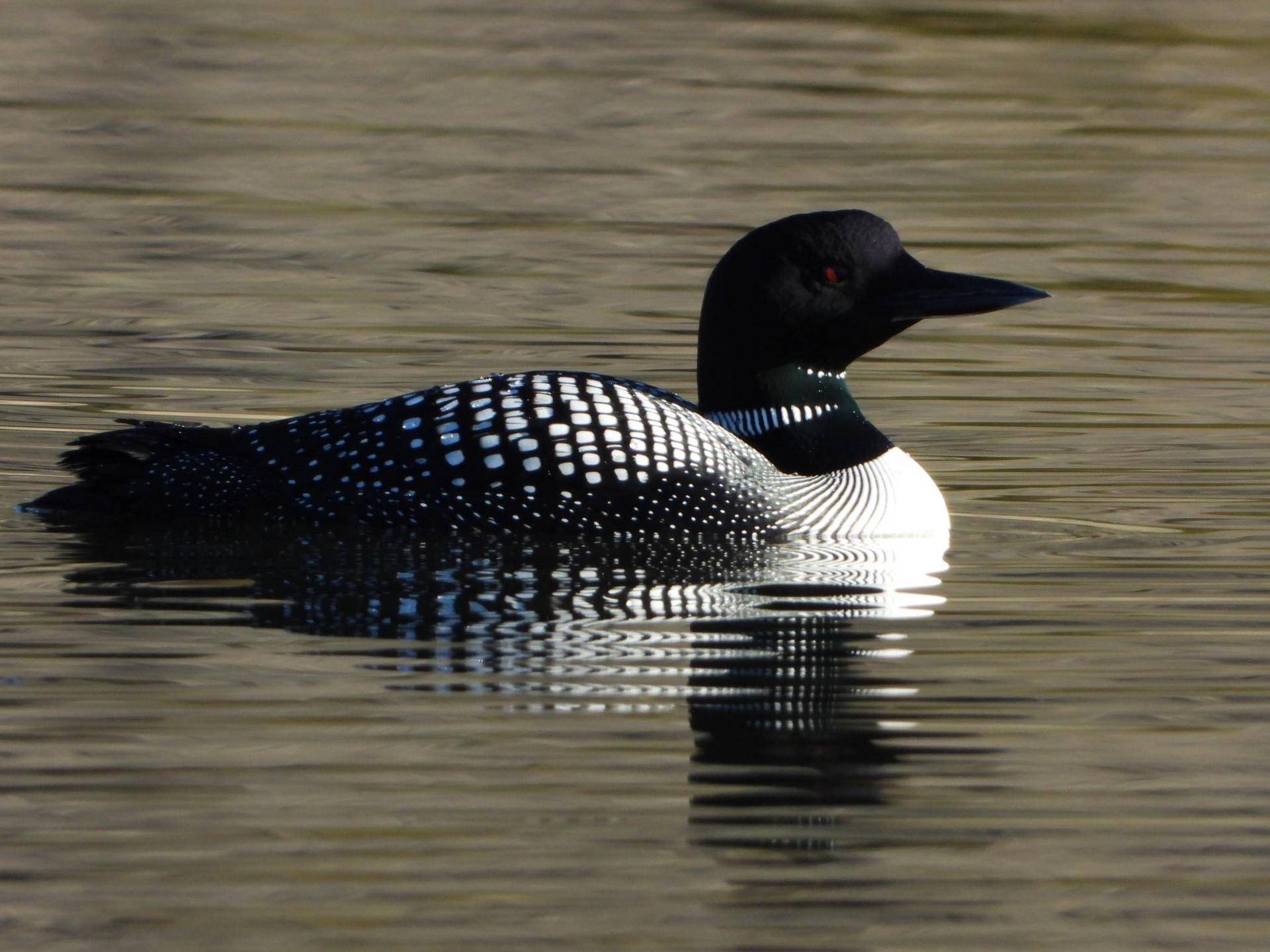DWR News Release
An almost mythical bird, built for diving and sporting a haunting voice, stops in northeastern Utah during its spring migration, and April is a great time to see them.
Five loon species are found in the world. The second largest, the common loon, migrates through Utah in the spring on its way north to summer breeding grounds.
“Common loon calls are often what you think of while watching a movie set in the northern territories of Canada,” Utah Division of Wildlife Resources Northeastern Regional Outreach Manager Tonya Kieffer-Selby said. “They have a wailing, yodel-like call that echoes in the wilderness. With their bold black-and-white appearance, they’re a beautiful bird to watch. It’s a rare treat that bird-watchers and other wildlife enthusiasts should know about and take advantage of.”
For a chance to see loons migrating through the state, join DWR staff for a viewing event on Saturday, April 15 from 7-10 a.m. at Steinaker State Park. A migratory population of the birds passes through the Uintah Basin each year.
“This time of year, they start to show up on Big Sand Wash, Flaming Gorge, Steinaker and Red Fleet reservoirs,” Kieffer-Selby said. “The loons are fairly consistent. They usually arrive around the first of April or just after the ice leaves the reservoirs. In the past, biologists have reported seeing more than 200 loons on different reservoirs in the Uintah Basin on a single day. Steinaker Reservoir seems to be one of their hotspots.”
The viewing event will be held on the east side of Steinaker Reservoir, located just seven miles north of Vernal in Uintah County. To reach the viewing site from Vernal, proceed on U.S. Highway 40 (Main Street) and turn north onto Vernal Avenue, which is also U.S. Highway 191. Look for the “Event Ahead” signs marking the roadside pull-outs as you approach Steinaker Reservoir.
DWR biologists will be available to answer questions and to help participants spot loons on the reservoir. Spotting scopes and binoculars will be available for use, but it is recommended to bring your own if you have them. Bathroom facilities will be open at the state park during the event.
Named for their awkwardness while walking or for their calls (after an old Norse word meaning “to moan”), loons are at home in the water.
“They’re superb swimmers with torpedo-like bodies that are designed to catch fish,” Kieffer-Selby said. “Due to the positioning of their feet, they can’t walk well, so they only use land during their nesting season. They require lakes with enough surface area for their erratic flapping-and-running takeoffs across the water.”
Loons eat mostly fish and breed on remote freshwater lakes in the northern U.S. and Canada. They need crystal-clear lakes to see their prey underwater, so their presence indicates excellent water quality at the reservoirs where they are found.
While the event is free, participants are encouraged to register in advance on Eventbrite. The state park day-use fee of $10 per vehicle will still apply. (Annual Utah State Parks passes are valid for park entry to the event.)
For more information about the loons migrating through Utah, call the DWR’s Northeastern Region office at (435) 781-9453.

